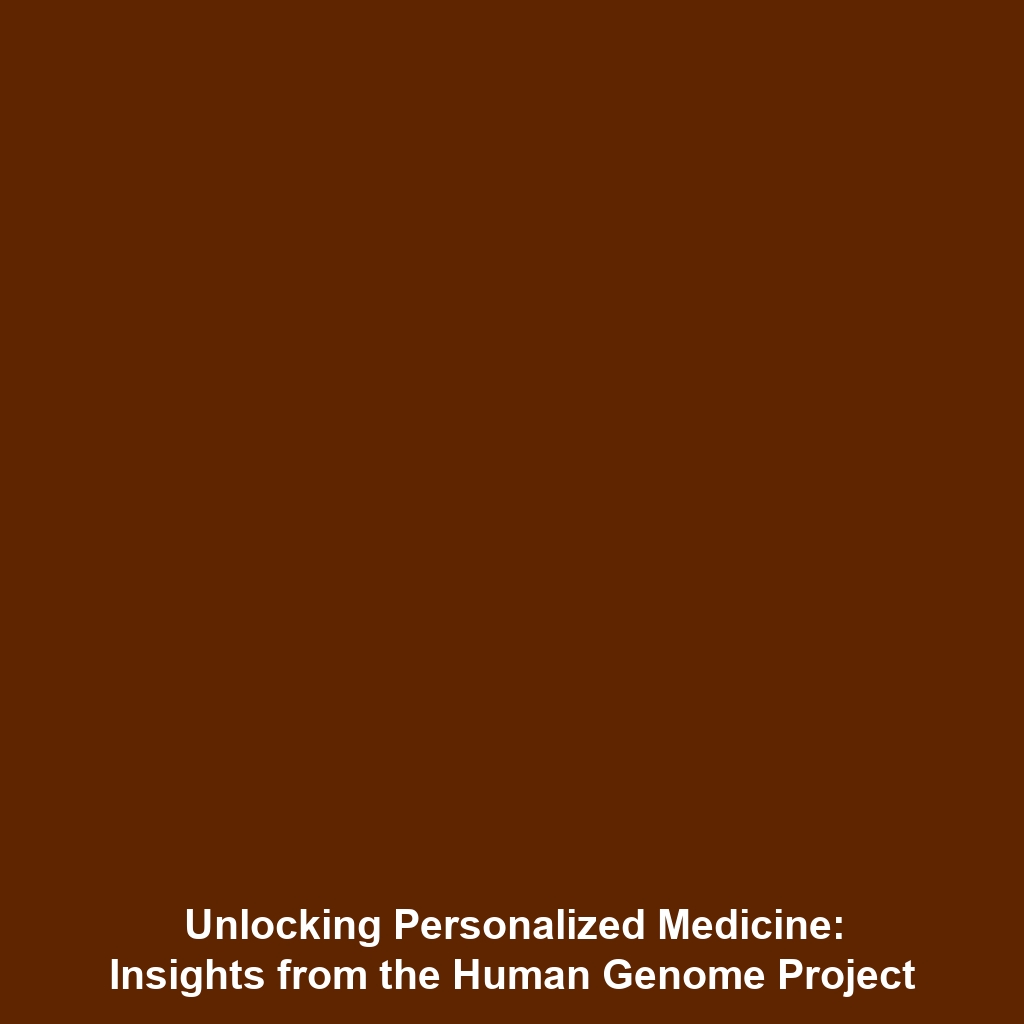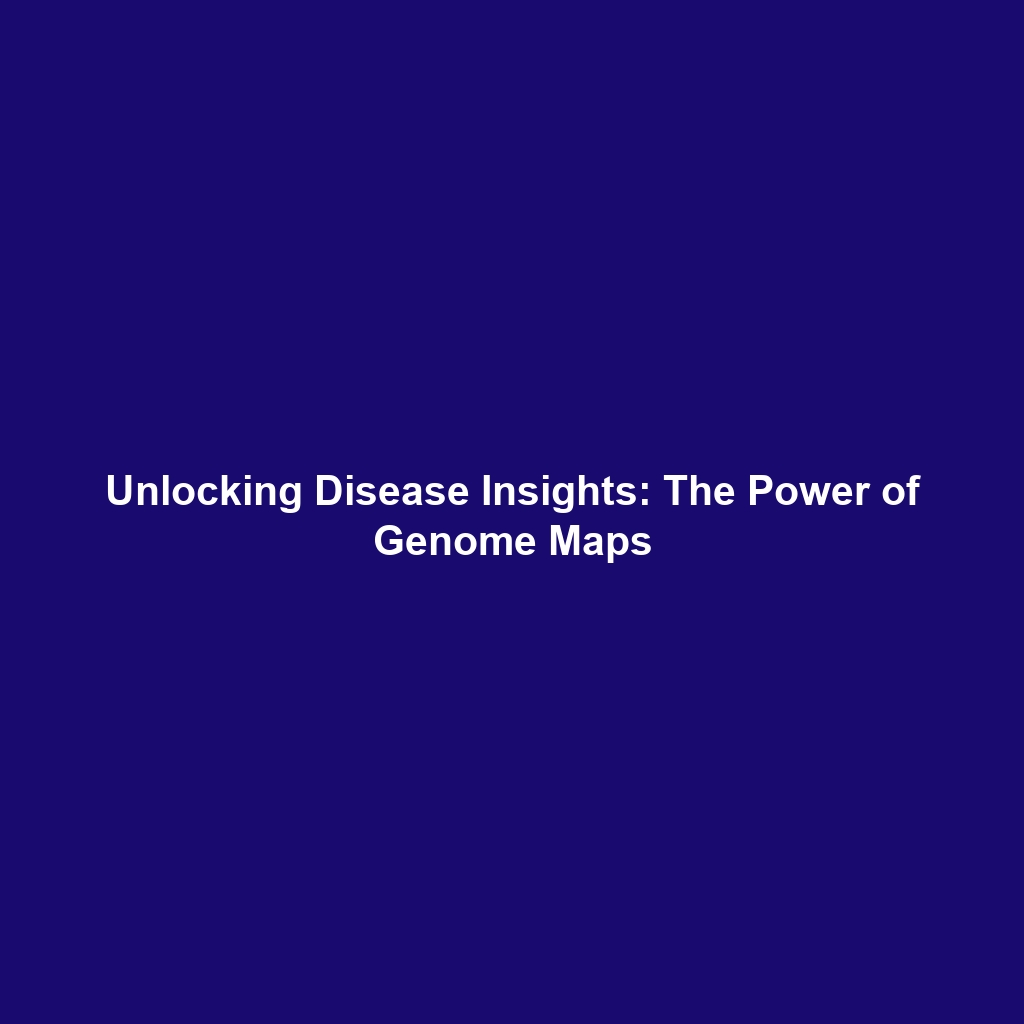Pre-HGP: Advances in Molecular Biology and the Human Genome Project
Introduction
The era preceding the Human Genome Project (HGP) was marked by groundbreaking advances in molecular biology. The discovery of the double-helix structure of DNA by James Watson and Francis Crick in 1953 provided key insights into genetic material, while the development of DNA sequencing methods paved the way for unraveling the complexities of the human genome. These pivotal developments laid the foundational stone for the HGP, revolutionizing our understanding of genetics and its implications for health and disease. This article delves into the significance of these advances, framing them within the context of the HGP.
Key Concepts
Discovery of the Double-Helix Structure of DNA
The elucidation of the double-helix structure of DNA was not just a scientific triumph; it was a turning point in molecular biology. Watson and Crick’s model demonstrated how genetic information is stored and replicated, providing a blueprint for future genetic research.
Development of DNA Sequencing Methods
Following the structure discovery, advancements in DNA sequencing technologies emerged. Techniques such as Sanger sequencing laid the groundwork for decoding genetic sequences rapidly and accurately. These methodologies became indispensable during the Human Genome Project, facilitating the completion of the first draft of the human genome.
Applications and Real-World Uses
The innovations in molecular biology prior to the HGP have had substantial applications across various sectors:
- Medical Research: Enables understanding of genetic diseases, leading to more effective treatments.
- Forensic Science: DNA sequencing is crucial for identifying individuals in criminal cases.
- Personalized Medicine: Allows customization of healthcare based on individual genetic profiles.
These applications illustrate how advancements in molecular biology have set the stage for transformative changes in human health and genetics.
Current Challenges
Despite the advantages, challenges in studying or applying these molecular advances remain:
- Ethical Issues: Concerns about privacy and the use of genetic information.
- Technical Limitations: Some sequencing technologies facing limits in speed and accuracy.
- Interpretation Challenges: Difficulty in interpreting complex genomic data poses significant hurdles.
Addressing these challenges of molecular biology is critical for the continued success of the Human Genome Project and its applications.
Future Research and Innovations
Looking forward, innovative research in molecular biology promises to further enhance genomic studies. Emerging technologies such as CRISPR and next-generation sequencing aim to revolutionize gene editing and sequencing. These advancements are expected to deepen our understanding of genetic disorders and improve techniques for personalized medicine, significantly impacting the trajectory of the Human Genome Project.
Conclusion
The advances in molecular biology preceding the Human Genome Project have fundamentally altered our approach to genetics. From the elucidation of DNA’s structure to pioneering sequencing techniques, these milestones continue to influence research and applications in health sciences. To learn more about the Human Genome Project and its implications, consider exploring related topics on our site.









